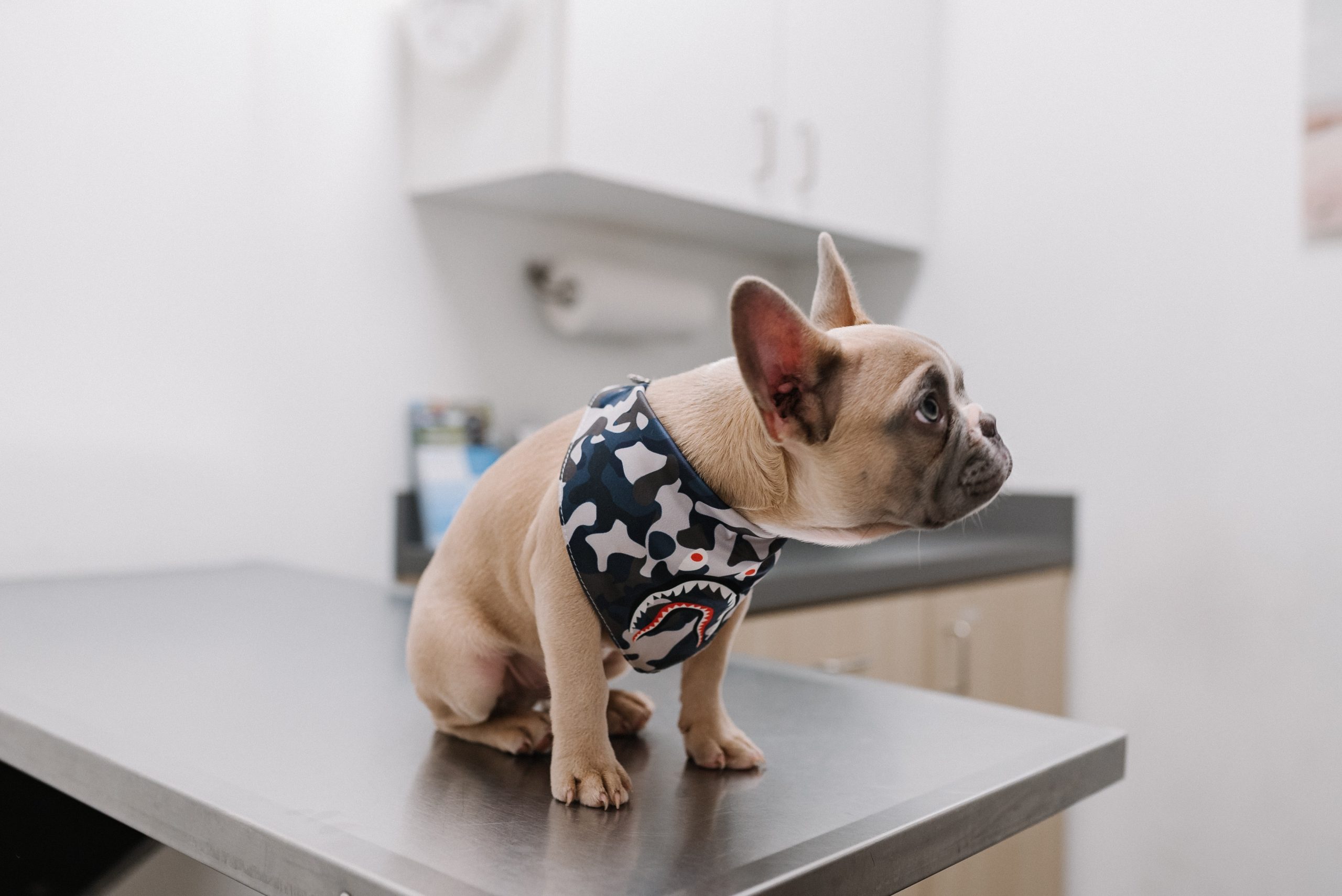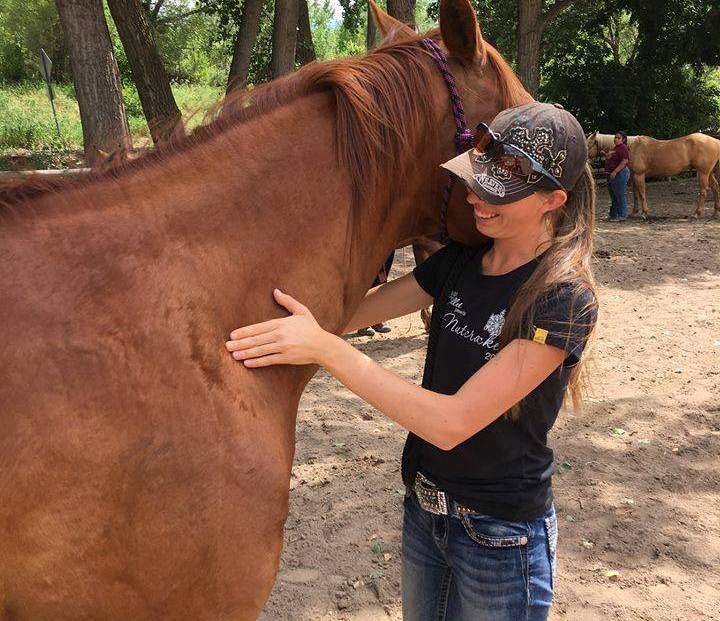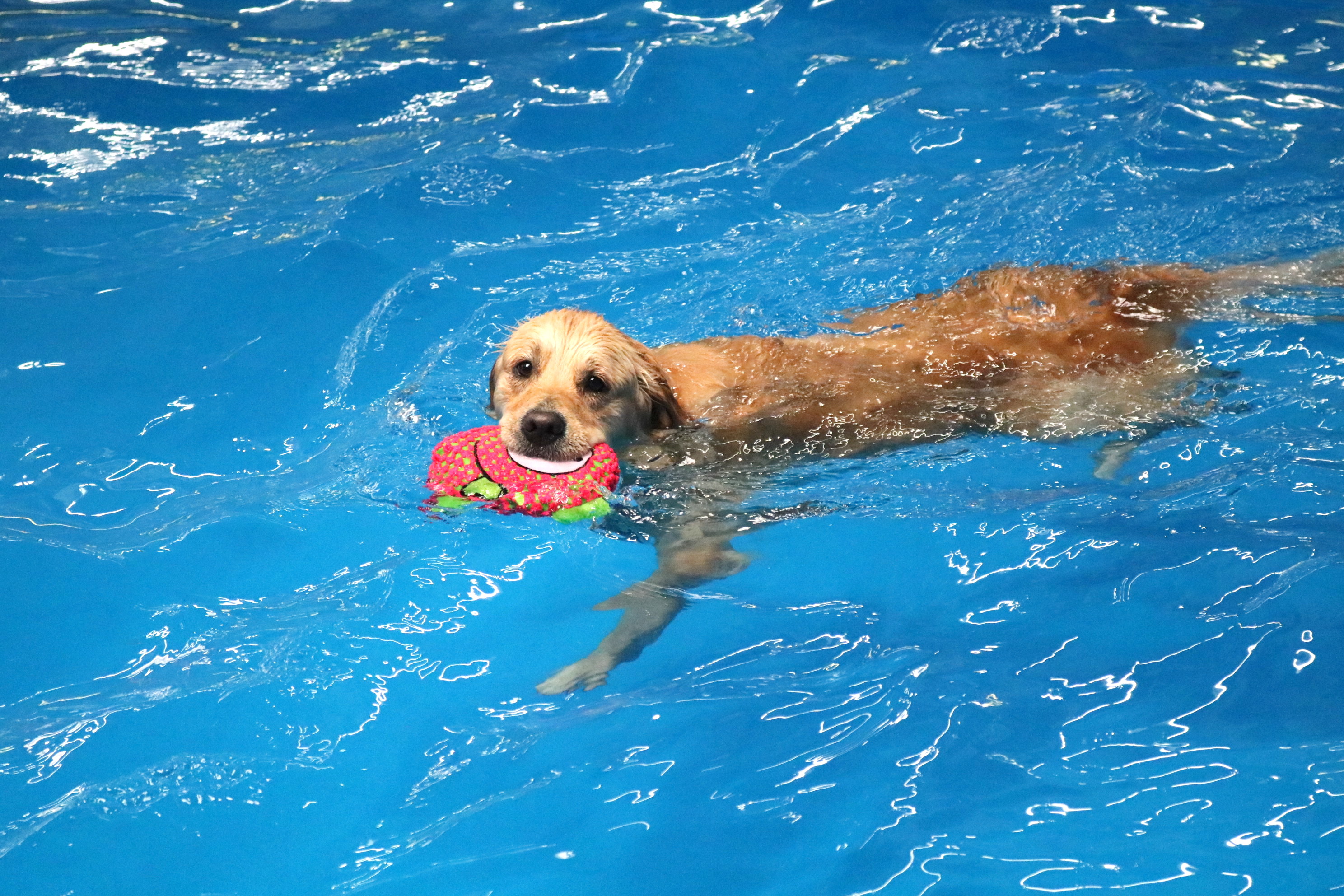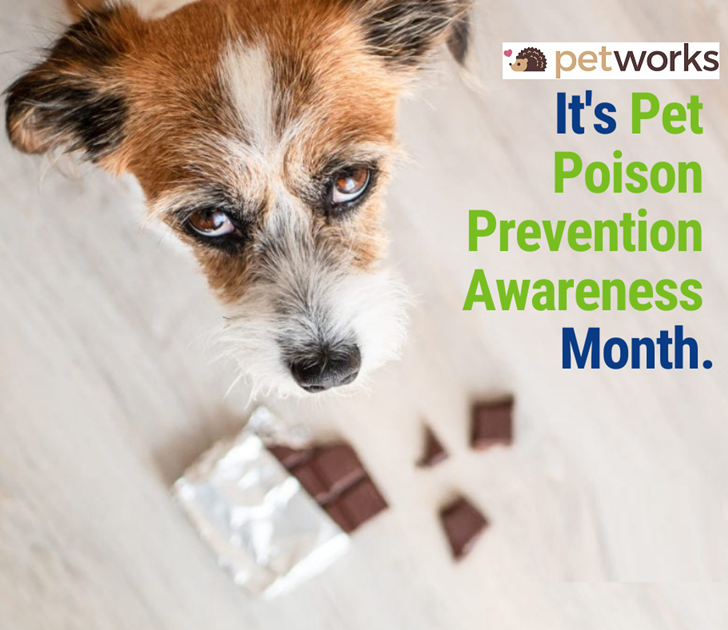Implementing Balance in Your Pet’s Health and Wellness Care

Homeopathic Vet. A Conventional Meets Complimentary Pet Health Protocol. If your dog has just been diagnosed with Congestive Heart Failure or a similar unpredictable disease, you may be wondering what to do now. If you are a devoted pet parent like me, you might freak out a bit.
My 13-year-old Portuguese Podengo Pequeno Sophie, the light of my life, had started having head tremors a week before and presented one morning looking unwell. It was time to take her to the ER.
Sophie
Sophie was in Congestive Heart Failure (CHF). Her heart’s left side had failed; her right was very enlarged and full of pressure trying to do the work for both. Her abdomen had fluid. Her mitral valves were very leaky and the artery walls around them were very thickened. It was strongly advised she get on heart meds immediately.
What goes through our minds when we hear bad news about our beloved pet’s health is different for each of us. We may think about the mortality of this wonderful creature we’ve gone through so much with. We may think about what we could’ve done better. We may start shoring our own hearts up for the direct hit we feel is coming. I did all of this in a matter of seconds.
That was about 6 weeks ago. And, I’m happy to report that today she’s doing well. I am here to reassure you that you have options, some of which most pet parents don’t even know.
As a Pet Health Coach, I dove down that rabbit hole to do the best I could for my girl. I made the decision early to share our journey to help other pet parents struggling with this, too, and you can find the full story in five parts on my blog.
Approximately 10% of all dogs, and 75% of senior dogs, have some form of heart dis-ease, so it’s not out of the realm of possibility your dog might develop this. Here is what I did, step by step.
 First, I Brought In A Homeopathic Vet
First, I Brought In A Homeopathic Vet
I did this before Sophie was ever diagnosed; when I’d first noticed tremors and some coughing. Because tremors spelled neurological to me, I wanted an expert – a homeopathic vet. So, I reached out to Dr. Adriana Sagrera.
She suggested a homeopathic remedy for the tremors, cough and other symptoms Sophie was presenting at that time. With homeopathy, sometimes you have to try a couple of remedies before you get the right one.
 Then, I Brought In A Holistic Vet
Then, I Brought In A Holistic Vet
I know this may sound a bit over the top, but there was a method to my madness. My former vet, when I lived in New York, was Dr. Marty Goldstein, the iconic maverick of complementary veterinary medicine, clinical pet nutritionist, and an advisor on the Petworks Team.
While Dr. Marty isn’t practicing anymore, there’s a vet he mentored at his practice whom he recommended highly: Dr. Jacqueline Ruskin is the vet Dr. Marty sent all of his cardiac patients because she’d developed a protocol that was working.
When Conventional Meets Complementary Works Best
As a natural medicine pet health coach, it is my mission to help pet parents understand their options. This involves the balance of avoiding damaging pharmaceuticals where possible with learning complementary methods.
However, there are times when avoiding conventional medicines is not wise. Heart disease is one of them, especially in a case as far along as Sophie’s.
The three core conventional meds used to treat congestive heart disease work; they’ve been working for years. Dr. Ruskin calls them crutches: your dog needs them until their body becomes stronger and you can attempt to peel them away.
So, I already knew Sophie would be starting medications right away, something I’d avoided her whole life. I was also determined to get her on a great complementary protocol as well.
The Conventional Protocol
The conventional meds are used to dry up the fluid build-up around the heart, lungs, or abdomen, to increase blood flow capabilities to bring more oxygen to the heart, brain, and organs, and to take some of the pressure and workload from the heart.
Here is what Sophie is on now:
– Furosimide (Lasix), which is a powerful diuretic to quickly take the pressure off the heart and drain the fluid from her lungs, abdomen, and around her heart.
– Pimobendan (Vetmedin) – this improves heart function and helps delay the onset of heart failure. It is generally well-tolerated in dogs.
– Sildenafil – this lowers the pressure in the lungs so Sophie can breathe easier.
– Spironolactone – this mildly reduces fluid retention and decreases the workload on the heart
The Complementary Protocol We Added Via A Homeopathic Vet
Dr. Ruskin’s:
– BioCardio by ThorneVet – combines the antioxidant and heart support of CoQ10 with other cardio-protective nutrients and botanicals, like taurine, L-carnitine( which has been shown to improve appetite and exercise tolerance in dogs), Crataegus laevigata (hawthorn extract), Terminalia arjuna (arjuna extract) which contribute to healthy heart muscle function, and Eleutherococcus senticosus (eleuthero root extract) which supports physical stamina.
Many conventional vets will tell you Hawthorn can be dangerous with conventional heart meds. However, after having a couple of in-depth conversations with Dr. Ruskin, whose own dog with congestive heart failure is on this product and doing great, I decided to go with it.
– Systemic Enzymes by Pet Health and Nutrition Center – This contains something called nattokinase, an enzyme derived from the ancient food, natto. Natto has been used inJapan for centuries for health benefits. Studies since 1990 have shown nattokinase rapidly dissolves clots and promotes health cardiovascular blood flow. The other ingredient in this product that Dr. Ruskin likes is Rutin. Rutin is a bioflavanoid that helps promote healthy circulation, maintains collagen, and blocks the release of histamines for pets with allergies.
– Kidney & Heart Glandular Drops by Best For Your Pet – this has extracts of mammalian (bovine) glands and organs that support the kidneys and heart. It is based on the same concept I teach and talk about with clients and students; when you want to support an organ in the body, feed that same organ to your pet because it has strengthening and tonic-like actions.
Dr. Sagrera’s:
– Standard Process Ligaplex II – This is interesting because it’s a joint and muscle support supplement. Dr. Sagrera has seen great results in helping to strengthen the heart walls.
– Dandelion and parsley tea, mixed and given 1 tablespoon in her food. Both dandelion and parsley are natural diuretics and dandelion is a great bitter herb that supports the liver. Both are great antioxidants and have lots of vitamins and minerals. The hope is this will eventually take the place of Furosimide, either in allowing us to wean Sophie down from 3x/day to 1, or get her completely off at some point.
– Chlorine Dioxide (ClO2) – Oxygen has been shown to be a powerful healing force in heart disease. The two molecules in ClO2 bathe the cells, helping to repair them and also boost energy from the extra oxygen molecule. I am using a small spray bottle with a 1ml Clo2/1L of filtered water and spraying each side of her mouth 3-4x/day.
– Homeopathy – Dr. Sagrera and I worked together to do Sophie’s homeopathic case and agreed that Sepia in a 12C potency was a good first choice based on the way Sophie was uniquely expressing her symptoms.
The Sepia benefitted her. About one hour after the dose, she started barking with Ani, my other dog, at a squirrel in the backyard. I opened the door and the two of them took off after it. Sophie hadn’t done something like that in about two weeks. Later that day, she wanted to go for a walk, something she hasn’t wanted to do every day since this started. She was trotting a lot and after about 30 minutes outside, mom wanted to go back, but Sophie didn’t! These were amazing signs. We are still giving the Sepia time to continue doing its work in her body. With Homeopathy, depending on the condition along with the vital force of the animal and the potency of the remedy, you can give a dose once and wait a week to re-dose, or longer. The remedy, once it matches with the energy of the illness in the animal, stimulates the body’s healing powers.
Mine:
– HighVibe Mushrooms – an amazing product I have been giving the dogs for a couple of months and also take myself that has increased my energy and clarity. There are ten medicinal mushrooms in this product, which is sourced through a 30+ year mycologist who grows the mushrooms and harvests them himself. I think it is an important superfood to support Sophie’s body and help it heal. Full transparency, I am also an Ambassador for this brand, and you are able to receive a discount when ordering through the link above.
– MuttGut– an unusual pre, pro and post biotic, new to the market that includes 33 strains of bacteria put through a “boot camp” so the surviving strains make it through the high acid content of the pet’s stomach and get to the colon – where it does it’s work.
– The Solex AO Scanner – This incredible machine will scan you or your pet’s body and identify the out of balance frequencies and then optimize them. We are all energy; everything around us is energy. This is why homeopathy works: reiki, massage, any hands-on technique, for that matter. I’ve been scanning Sophie every day to optimize her out of balance frequencies, so she will feel better and it will support her body to heal. A pet’s Vitals scan also will include four music files with supportive frequencies embedded into the music that you can play for them so they feel better. I love this company and machine and encourage everyone to look into it. I have experienced and seen the good it can do, and am an affiliate for this product.
Homeopathic Vets on Petworks

Did you find this article useful? Would you like 100% free access to more articles like these, and free access to over 5,000 vetted pet care service professionals throughout the United States? Sign up here for a free Petworks account, and take 10% off your first booking, on us!
Where We Are Now

Today, Sophie continues to improve. Time will tell how much normalcy we can work towards; Sophie shows moments of her “old” self, when she wants to play with her toy, rolls around on the carpet in joy, or runs up the street. I cherish those moments and pray they will continue and grow.
The Benefits Of A Homeopathic Vet
I’ve learned a lot about this dis-ease and how it can be managed. I am heartened to hear stories often about pets living for years with congestive heart failure and doing well. Beyond that, I feel grateful to know a protocol combining conventional with complementary that has worked for many dogs and is now working for Sophie, too. I hope you find this information useful and wishing your babies their best health ever!
About the Author

Jody L. Teiche is a Pet Health Expert and Coach. She’s been helping pet parents naturally solve health challenges in their dogs and cats, so they can avoid pharmaceutical drugs and have healthier, more energetic pets. One of her specialties is Pet Anxiety. Her site is TheHoundHealer.com, and her podcast, called The Hound Healer, is heard on PetLifeRadio.com, as well as all other major podcast platforms.
Massage Therapy for Horses

Equine Massage Therapy by Darcie Pfeffer, Certified Equine Massage Therapist
Equine massage therapy is an elusive term and usually brings to mind a ‘spa’ treatment, where the emphasis is on relaxing the body and giving ‘feel good’ vibes. This type of massage is usually seen as pampering the body; a special treat and not a necessity. There is nothing wrong with this, but it does overshadow the bigger impact that massage therapy can have on the body and why it is important for horses, especially those who are competing. (more…)
Answering the FAQs about Animal Reiki

Animal Reiki Care FAQs by Felicia McMillan, shamanic Reiki practitioner and owner of Mended Joy.
Noticing that your pet is anxious, depressed, or stressed can often be a sign that life energy is low.
Physical illness and maladies are a tangible manifestation that life energy is low. In collaboration with modern medicine, reiki may increase the rate of healing with a few sessions. Health issues are always circumstantial and sessions should be tailored to your pet’s specific needs. Reiki is a safe way to get your pet back to a healthy and balanced energy that complements any other form of healing, medical treatments, or homeopathy for pets. (more…)
Animal Hydrotherapy and Weight Management

by Leslie Gallagher McMahon, owner/founder of Two Hands Four Paws. Pet Physical Therapy and Animal Hydrotherapy Weight Management.
The call from Alex’s owner was typical. “My dog is somewhat overweight and needs to have surgery for a torn cruciate ligament, but the vet cannot do it until he loses some weight. Can you help us??” I replied that of course we could help and we set up an appointment. Alex turned out to be more than “somewhat” overweight. He was, in fact, absolutely enormous. For a golden retriever a good weight can be anywhere from 70-90 pounds give or take. Alex was 165. As soon as I saw him my heart sank, and I knew we had our work cut out for us. He desperately needed pet physical therapy. (more…)
Pet Poison Prevention Month

March is Pet Poison Prevention Month : Protecting Your Furry Friends. March is recognized as Pet Poison Prevention Month, a crucial time to raise awareness about the many hazards that can threaten our pets’ health. Accidental poisoning is one of the most common emergencies in veterinary clinics, and many of these incidents are preventable with proper education and precautionary measures. Understanding common household toxins, recognizing symptoms of poisoning, and taking preventive steps can help ensure the safety and well-being of our beloved animals.


